Rodent Control Melbourne
GET A FAST QUOTE NOW
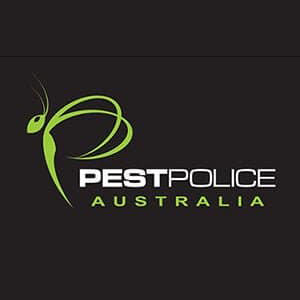
GET A FAST QUOTE NOW
Over 40,000 properties inspected
Environmentally friendly treatments
12-month warranty
Persistent and adaptable, rodents are active all year round but especially during winter. Both rats and mice are similar in their behaviour, seeking shelter, eating your food, gnawing at your cables, and spreading unwanted diseases. They take up residence in your home if they find easy access points. Coming in through gaps in door and window frames or under the floorboards, they will quickly make themselves comfortable right under your nose.
These fast little rodents are active at night, so it is important to know what to look for to identify infestations. Our expert technicians will try to quickly identify the most likely nest location. It is important to get expert advice for effective eradication, as both rats and mice have a highly developed sense of smell and can often identify chemicals in over-the-counter domestic baits.
A regular pest inspection will ensure that any access points or conditions that attract rodents are eliminated. Preventive routine inspections are recommended if you’ve had problems with rodents in the past. If you have an infestation, our professional technicians are very familiar with the behaviours of these clever little rodents and will identify and locate any access points and nests. They will also immediately get to work with a treatment plan to remove rodents from your home and prevent future infestations through proofing recommendations.
We use environmentally friendly pest treatments, using human-safe, pet-safe and humane processes to remove rodents from your home. All our work comes with a warranty providing proofing recommendations have been implemented.
Did you know?
A female rat will give birth to four to six litters a year, with each litter containing five to ten young rats. These young can reproduce three months after birth, so within one year, a single pair of rats can be responsible for as many 400 – 700 little pests. Mice start breeding at 6 weeks old and can become pregnant again within 2-3 days of giving birth, producing a litter of up to 10 pups every 21 days. These little rodents will use your home as a reproduction facility – happy days for mice!
Our experts delivering rodent control services in Melbourne know that nests are often found close to where they scavenge for food and water. Rodents are active at night and therefore trying to find the nest yourself is difficult. We know where to find them and will have them identified and removed from your property in no time.
With many years of experience in rodent pest control, our expert onsite team will identify the extent of rodent infestation, access points and scope of the problem. We’ll recommend the right solution for you on the day and immediately get to work.
Rodent control treatment includes:
Identification of the type of rodent and recommended actions
Baiting the roof void and subfloor area with professional treatments
The use of rat lockable tamper proof boxes externally where safe to do so
Professional analysis, treatment, and a report to eradicate the rats and proof measure requirements to prevent them from returning.
Why choose Pest Police to eradicate pests from your home?
Pest Police has been trusted by thousands of happy clients in Melbourne for being on-time, effective and reliable. We’re a family-run business looking after family homes. We respond promptly to urgent enquiries especially those related to bees and wasps where children or people with health issues are concerned. You’ll have direct contact with our expert technicians backed up by our warranties and 100% success rate. Pest Police use only environmentally friendly products and humane processes to remove pests.
Here are typical signs of a rodent infestation.
How to prevent rodents
Here are three effective ways to prevent rodents from infesting a home:
I have rodents! What’s next?
If you suspect you have a rodent infestation, call Pest Police and we will swiftly assess the extent of the infestation and provide same day advice on what you can do. With a 100% success rate, the rodents will be running for the hills!
Norway rat (Rattus norvegicus)
Known as either sewer rat, brown rat, or wharf rat, this rat is the larger species. In fact, adult Norway rats can weigh about half a kilo! They are active at night and are both good swimmers and diggers. They’re omnivores, too, and that means they eat plant and animal matter. Their staple diet includes meat, fish, vegetables, cereals, weeds, earthworms, nuts, fruits, and even crustaceans.
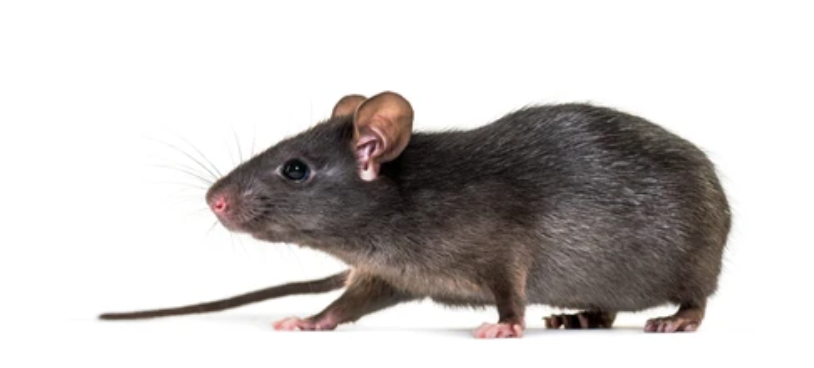
Roof rat (Rattus rattus)
Often called a ship rat or black rat, it is smaller than the Norway rat. They’re usually found in roofs of homes and buildings, and ships and known for their incredible climbing ability. They can be recognised by their black/brown fur and their tail that is as long as their head and body combined. They eat anything with nutritional value and although they are omnivorous, they will feed on meats and insects when grains, fruits, and cereals are scarce.
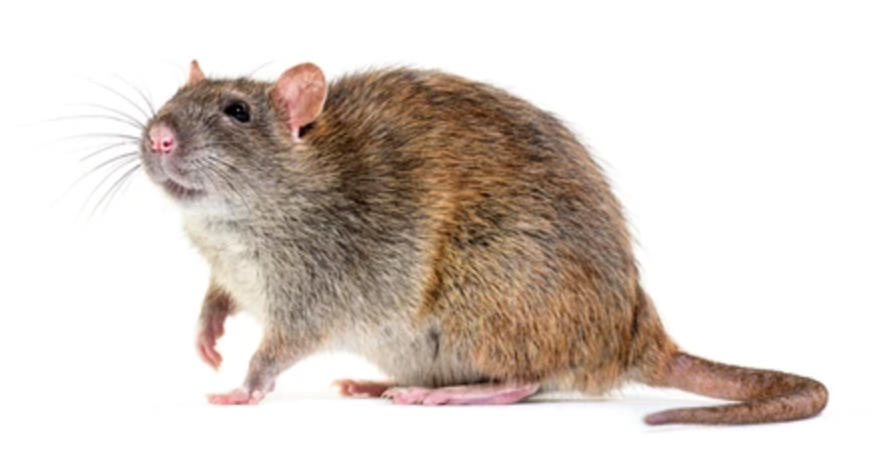
House mouse (Mus musculus)
While not a rat, the house mouse is often mistaken for one due to its similar behaviour and presence in homes. It has a small, slender body, large ears, and a long, thin tail. They’re curious and highly adaptable animals and can often be found in close proximity to human settlements. They have a varied diet that consists of grains, fruits, animal feeds, cereals, and nuts.
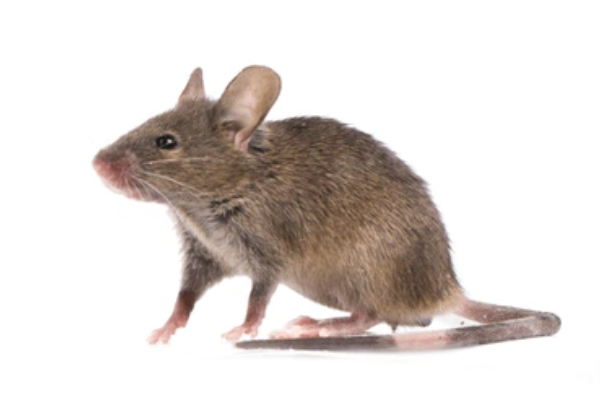
House mouse (Mus musculus)
This is the most common mouse species in Australia. House mice are small, with grey or brown fur, and are often found in homes, farms, and businesses. They are highly adaptable and can thrive in various environments.

Field mouse (Apodemus Sylvaticus)
There are several species of native Australian field mice, but they are less common than the house mouse. You’ll find these mice in rural areas. They are usually more shy and less likely to invade homes.
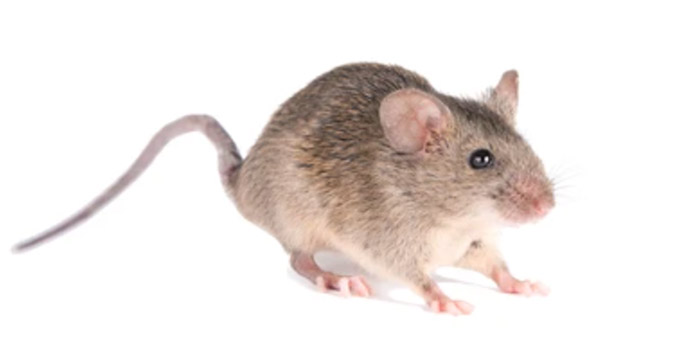
We’re as easy to reach as we are to deal with! Complete the online enquiry form or call us
on 1800 737 876.
Talk to us about booking a pest inspection for ants and spiders and receive 50% for rats
and mice at the same time!
SUBURBS NEAR US
While we cater Melbourne wide with no premium fee, below are suburbs near us.
CLIENTS FEEDBACK